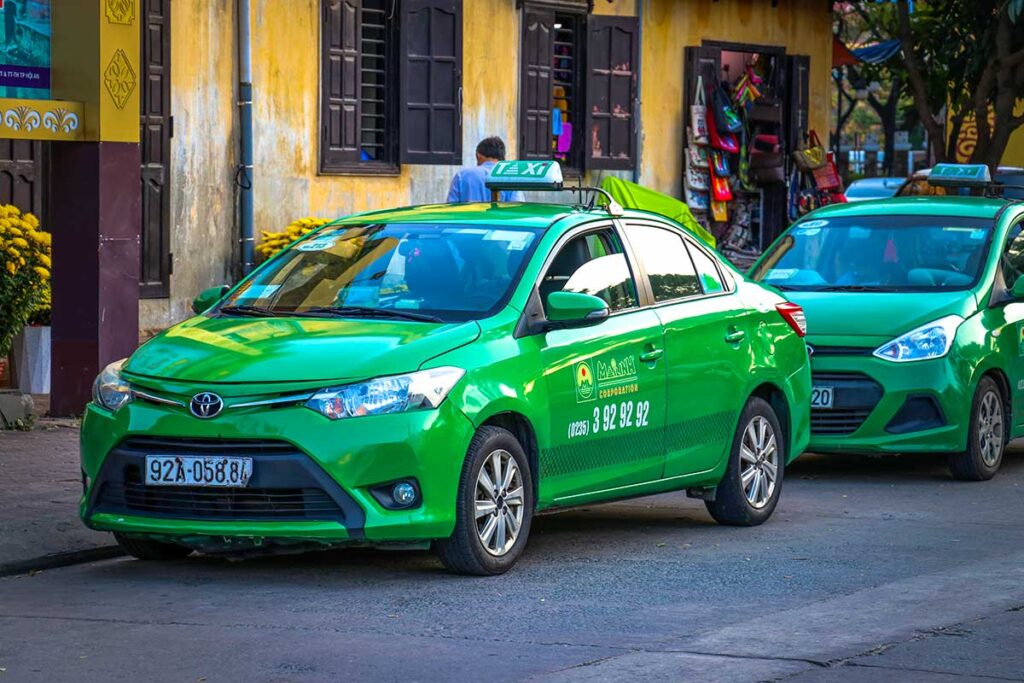Embarking on a journey to Vietnam with a disability may seem daunting, but with careful planning and preparation, it can be an enriching and rewarding experience. While Vietnam may still be developing its accessibility infrastructure compared to other countries, there are growing opportunities for travelers with disabilities to explore this captivating destination. From bustling cities to serene countryside, Vietnam offers a diverse range of experiences that can be adapted to your needs.
The challenges and possibilities when traveling with a disability in Vietnam
Navigating Vietnam with a disability can present challenges. Sidewalks may be uneven or obstructed by motorbike parking, and the bustling atmosphere with its vibrant sights, sounds, and smells can be overwhelming for some. However, there are also numerous opportunities to create a comfortable and enjoyable trip. Many services and experiences in Vietnam can be easily customized to cater to your specific requirements, often at affordable prices.

Is Vietnam safe and suitable for travelers with disabilities?
Yes, Vietnam is generally safe for travelers with disabilities. The Vietnamese people are known for their hospitality and willingness to help. However, it’s important to be aware of the specific challenges you may face and plan accordingly. The tips below will help you navigate Vietnam with confidence and ensure a smooth and enjoyable journey.

Tips before you go
1. Consider hiring a travel agent
Hiring a travel agent specializing in accessible travel can significantly ease your planning process. They can help book accessible accommodations and transportation, arrange activities tailored to your needs, and provide valuable insights about your destination. At Local Vietnam, we offer personalized plans, ensuring you are comfortable with the travel arrangements and activities before booking, with no strings attached.
2. Research and choose accessible accommodations
When booking accommodations, look for essential accessibility features like elevators and accessible bathrooms. Note that traditional Vietnamese hotels and local homestays often have hard mattresses, which may be uncomfortable if you have back issues. Websites like Booking.com and Airbnb have filters to help you find accessible options. Always read reviews and contact the accommodation directly to confirm their accessibility features.
3. Pack essential medications and supplies
Ensure you have all necessary medications and medical supplies for your trip. Carry extra prescriptions, and consider packing a medical alert bracelet or card detailing your condition in Vietnamese.
4. Prepare communication tools
Learn basic Vietnamese phrases related to your condition, and download offline language libraries on Google Translate. Consider getting a local SIM card for easier communication. Carry a card explaining your specific needs or condition in Vietnamese to show to locals if needed.
Tips for getting around
5. Short distances: Taxi and Grab

Taxis are widely available and affordable, making them a great option if you cannot walk long distances. Grab, a popular ride-hailing app in Vietnam, allows you to set exact pickup and drop-off locations and see the price upfront. Even if taxis are not immediately available, you can quickly book a Grab ride.
6. Long distance travel
Getting around Vietnam can be a bit challenging, but there are several options that cater to different needs and levels of mobility. The country’s infrastructure has improved significantly in recent years, making travel more accessible.
- Domestic Flights: Vietnam Airlines offers assistance for passengers with disabilities. This includes priority boarding, special seating arrangements, and help with boarding and deplaning. Be sure to inform the airline of your needs in advance to ensure they can accommodate you.

- Limousine Vans: These are shared, high-end vans with VIP seats that offer more comfort than standard cars or buses. The seats are more spacious and cushioned, which is beneficial for individuals with back issues or those who require more comfort during long rides.

- Private Cars: Hiring a private car offers the most flexibility and convenience. Drivers can provide door-to-door service, assist with luggage, and accommodate any special requests. This option is ideal for those who prefer a more personalized and comfortable travel experience
Tips for things to do
7. Private tours
Private tours can be an excellent way to experience Vietnam at your own pace and according to your specific needs. Here are some options to consider:
- Customized itineraries: Private tours can be tailored to match your physical abilities and interests. Whether you can walk or cycle short distances, the tour can be adjusted to include frequent rest stops, shorter walking distances, and accessible routes.
- Specialized guides: Guides who are experienced in assisting travelers with disabilities can provide additional support, ensuring you have a safe and enjoyable experience. They can also offer insights into accessible attractions and local culture.
- Flexible transportation: Private tours often include transportation that can be adapted to your needs. This could mean vehicles with extra space for mobility aids, or drivers who are trained to assist passengers with disabilities.
- Adaptive activities: If certain activities are challenging, private tours can arrange alternatives. For example, instead of a strenuous hike, you might take a scenic drive or boat trip. This flexibility ensures you can enjoy Vietnam’s beauty without compromising your comfort or safety.
8. Look for alternatives
When planning your activities, consider alternatives to the more physically demanding options. Many of Vietnam’s famous attractions can be enjoyed in different ways that are more accessible:
- Halong Bay: Instead of kayaking, you can opt for a relaxing cruise. These cruises offer beautiful views of the bay and often include accessible facilities and staff trained to assist guests with disabilities.

- Sapa: While trekking is a popular activity in Sapa, electric carts are available to take you to stunning viewpoints in the valley. This allows you to experience the breathtaking scenery without the physical strain of hiking.
- Ninh Binh: Instead of cycling, hire a car with a driver to explore the area. This way, you can visit the beautiful landscapes and cultural sites comfortably and at your own pace.
By considering these alternatives, you can still enjoy Vietnam’s diverse attractions while ensuring your comfort and safety.
9. Research Accessible Attractions
Before visiting tourist sites, research their accessibility. Websites and travel guides often provide information on whether attractions are wheelchair-friendly or have other necessary accommodations. Contact the sites directly to verify accessibility features and ask about any specific accommodations you may need.
10. Be Prepared for uneven terrain
Vietnam’s terrain varies significantly, from urban areas with uneven sidewalks to rural areas with dirt paths. Use mobility aids with all-terrain options or sturdy walking sticks. Wear comfortable, supportive footwear and plan your routes to avoid difficult areas when possible.
Additional Tips
11. Be patient and flexible
Be prepared for unexpected challenges and have a flexible attitude. Things may not always go according to plan, but with patience and adaptability, you can still have a memorable trip.
12. Connect with local disability organizations
Join online communities and forums for travelers with disabilities. These platforms offer valuable advice, support, and firsthand experiences from others who have traveled to Vietnam with similar needs. Websites like WheelchairTravel.org and forums on TripAdvisor are great resources.


